The microwave may be one of the most convenient kitchen inventions ever created, but it’s not designed for everything that fits inside. Built to heat food quickly using electromagnetic waves, it can react unpredictably with certain materials and ingredients. Some items may spark, melt, or even release toxic fumes when microwaved. Knowing what not to put inside your microwave can prevent damage to your appliance, reduce safety risks, and help keep your food tasting fresh and safe to eat every time.
1. Metal Utensils and Foil
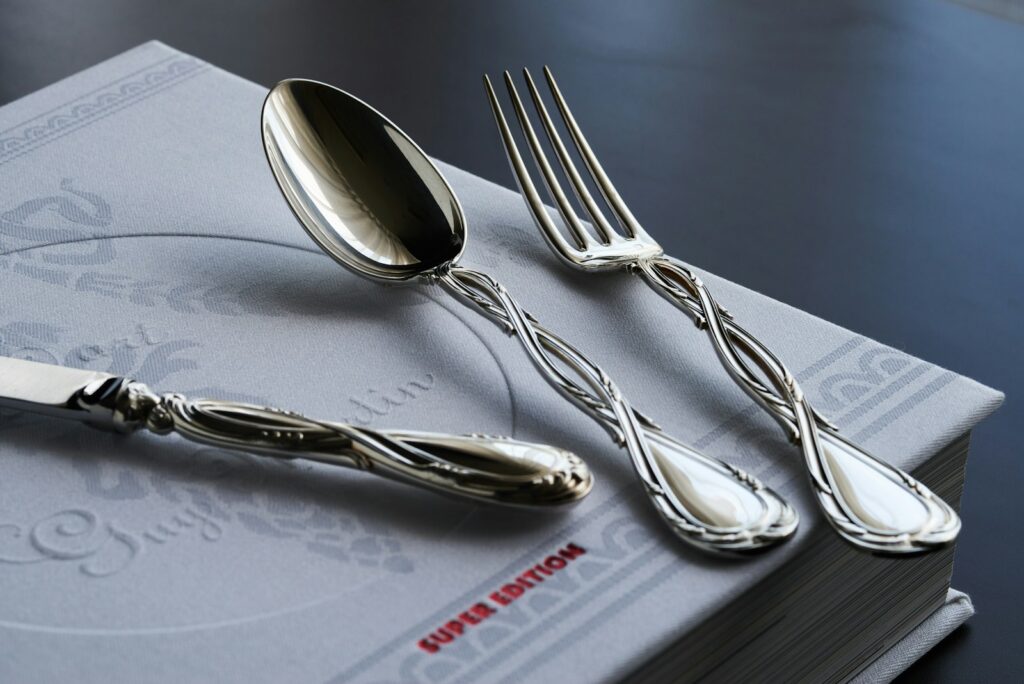
Metal and microwaves are a disastrous combination. When metal objects like spoons, forks, or aluminium foil are heated, the waves bounce off the surface, creating sparks and even fires. The microwave’s design makes these reflections highly dangerous. Foil can also trap heat unevenly, leading to melted spots on plates or burned food. Always transfer leftovers from metal containers into glass or microwave-safe dishes before reheating. It’s a small step that can protect both your meal and your appliance from serious damage.
2. Styrofoam Containers
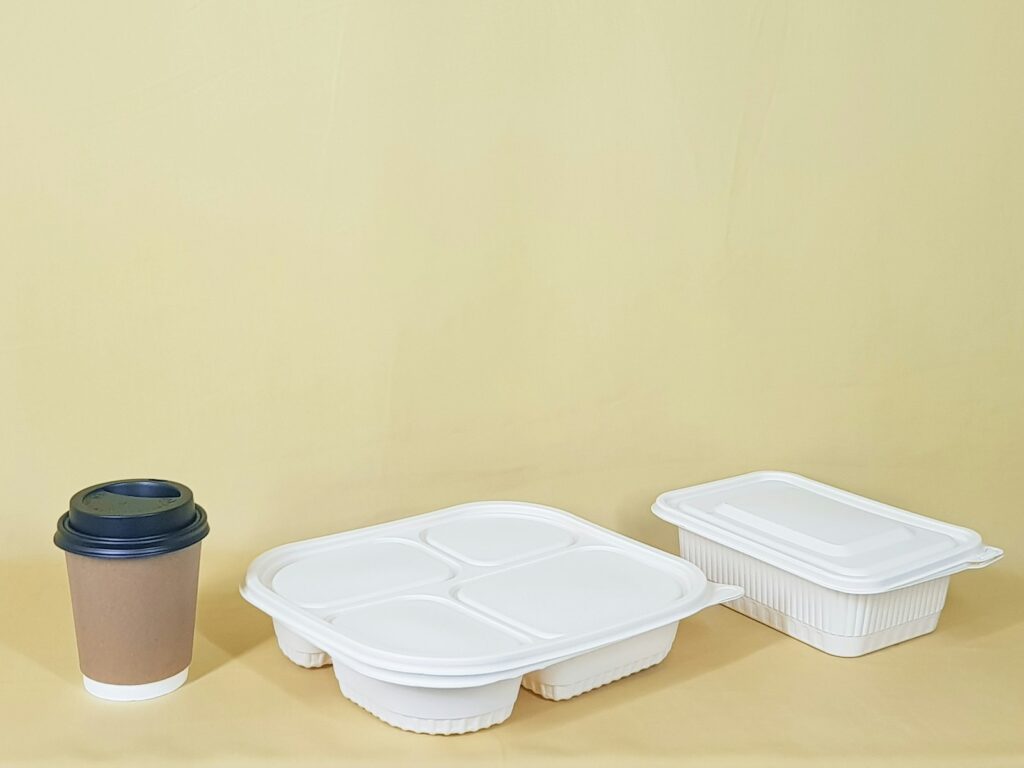
Styrofoam might seem like a harmless option for reheating takeout, but it’s far from safe in a microwave. Most Styrofoam is made from polystyrene, which can release harmful chemicals like styrene when exposed to high heat. These toxins may seep into your food, posing potential health risks over time. In addition, Styrofoam tends to warp or melt, creating a sticky mess that’s difficult to clean. Instead, transfer your food into a microwave-safe glass or ceramic bowl before reheating to stay safe and avoid contamination.
3. Plastic Containers
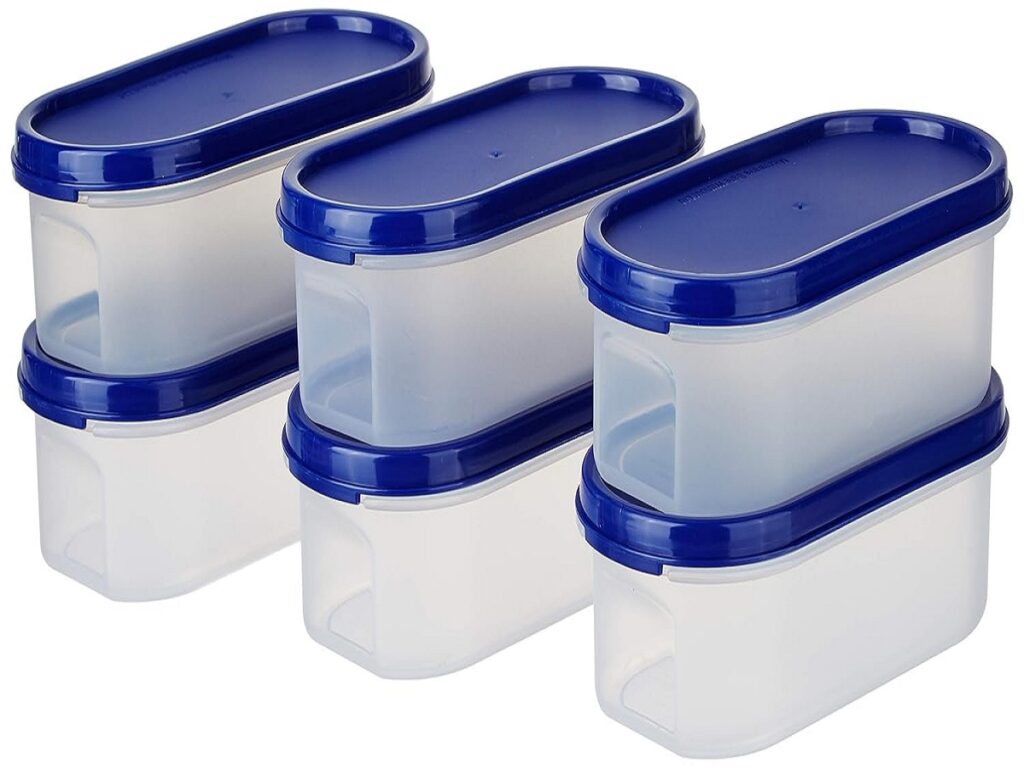
Not all plastic containers are microwave-safe, even if they look sturdy. Some plastics contain compounds like BPA and phthalates, which can leach into food when exposed to heat. This can affect hormone balance and long-term health. Plastic lids or thin wraps may also melt, releasing fumes or dripping into your meal. Always check the bottom of the container for a microwave-safe symbol. When in doubt, switch to glass or ceramic dishes; they distribute heat more evenly and don’t release harmful substances.
4. Hard-Boiled Eggs
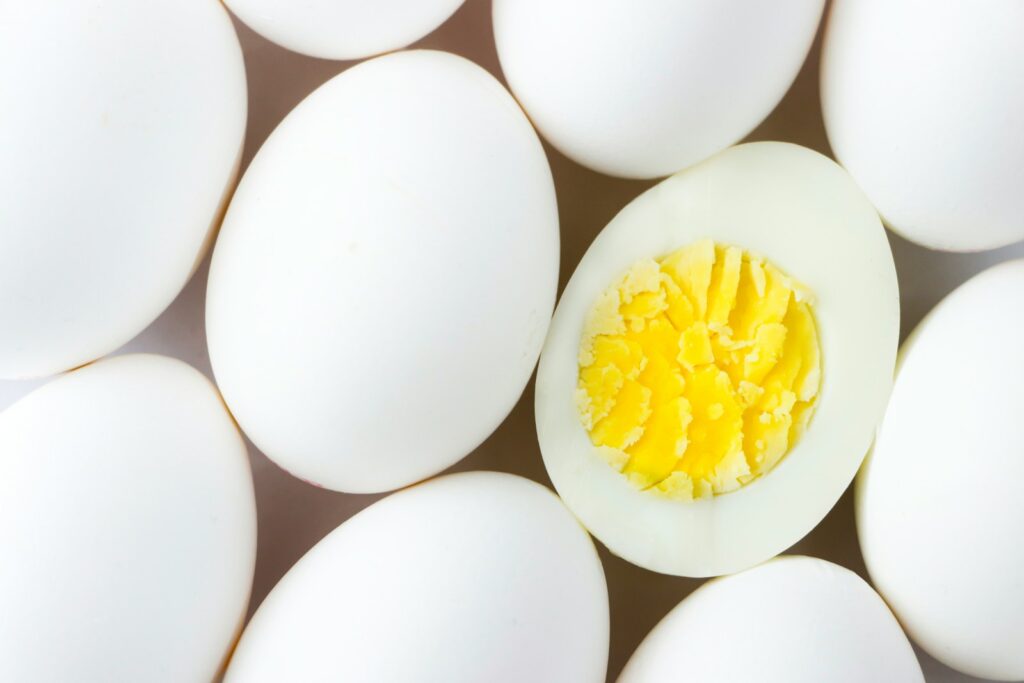
Microwaving hard-boiled eggs might seem like a quick way to warm them, but it can end explosively. The heat causes steam to build up beneath the shell faster than it can escape, resulting in a messy burst once you bite in or open the door. Even peeled eggs can pop due to trapped moisture. The best way to reheat them safely is by placing them in a bowl of warm water for a few minutes. It’s slower, but your kitchen will thank you for avoiding the cleanup.
5. Grapes and Other Small Fruits

Placing grapes in the microwave may sound harmless, but it can actually create miniature lightning. When two grape halves sit close together, microwaves concentrate energy between them, forming plasma, a glowing, fiery spark that can damage your appliance. The same goes for cherry tomatoes or blueberries, which can burst and make a sticky mess. If you need warm fruit for a recipe, heat it slowly on the stovetop instead. Microwaves and tiny, juicy fruits are simply not a good match.
6. Paper Bags
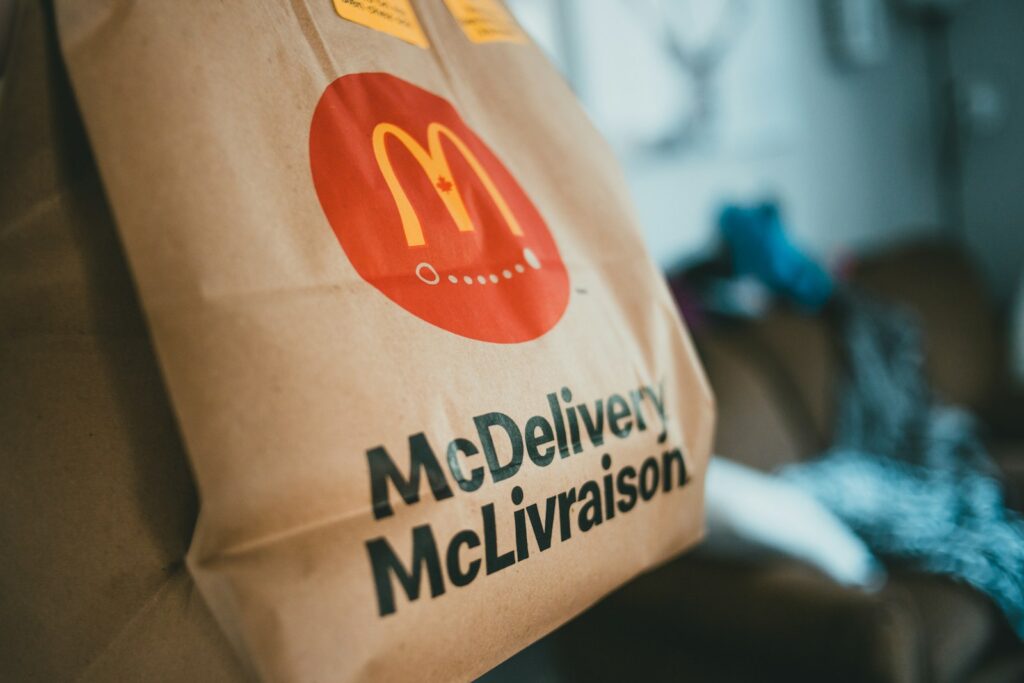
Ordinary paper bags are never meant to go in a microwave. They can overheat quickly and release toxic fumes, or worse, catch fire. Unlike specially designed microwave popcorn bags, grocery or lunch bags don’t have a heat-resistant coating. The glue, ink, or recycled materials they contain may also emit harmful chemicals when exposed to high temperatures. If you’re reheating something that needs covering, use a microwave-safe paper towel or vented lid instead. It’s safer and keeps your food evenly heated.
7. Travel Mugs
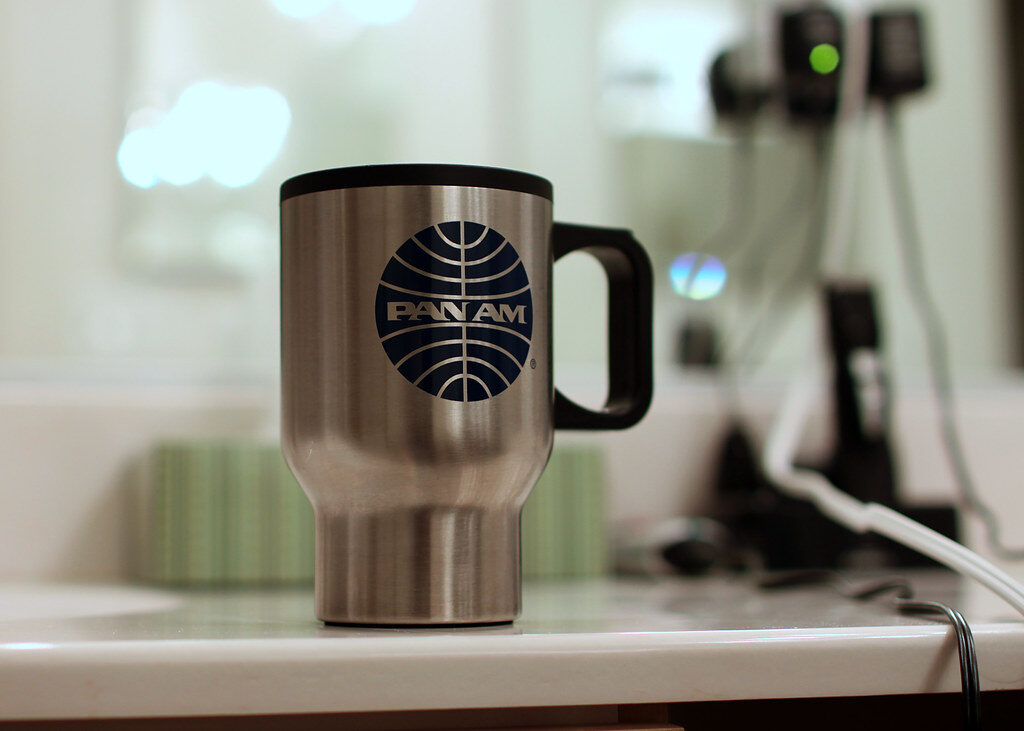
Most travel mugs, especially those made of stainless steel, should never be placed in a microwave. The metal exterior blocks the microwaves from heating your drink and can cause internal sparks that damage the oven’s magnetron. Even plastic travel mugs might not be safe, as they can warp or leach chemicals if not labeled microwave-safe. To reheat coffee or tea, simply pour it into a ceramic cup before microwaving. It may take a few extra seconds, but it ensures both safety and flavor.
8. Hot Peppers
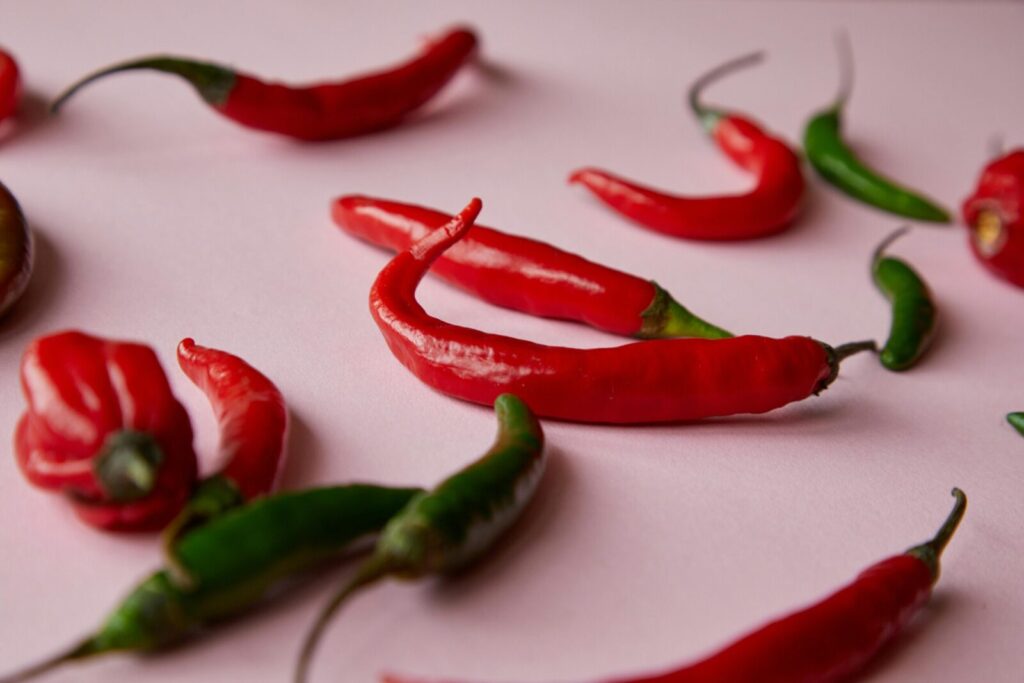
Microwaving hot peppers can turn your kitchen into a tear-filled disaster. When heated, the capsaicin, the compound responsible for their spiciness, becomes airborne. Opening the microwave afterward can release this vapor into your eyes and throat, causing intense irritation or coughing fits. Additionally, peppers may burn or char quickly, filling your microwave with unpleasant smoke. To safely cook or reheat them, use a skillet or oven where you can control the ventilation. It’s much safer and smells better, too.
9. Takeout Containers with Metal Handles
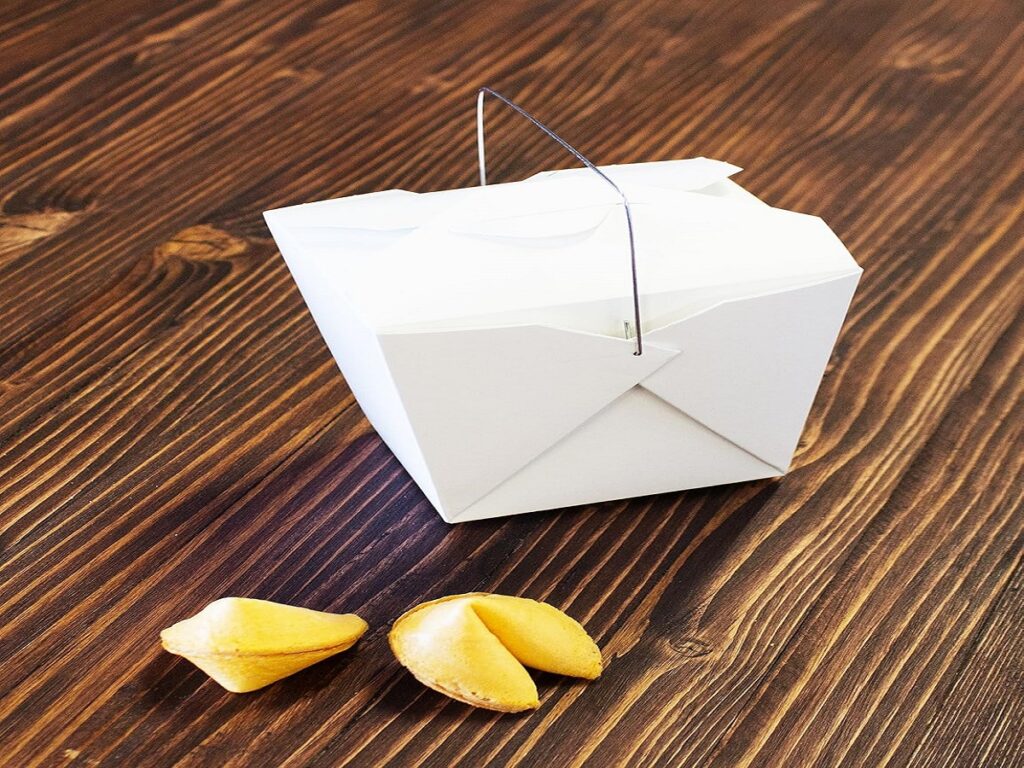
Many takeout boxes, especially those used for Chinese food, include thin metal handles. These handles can create sparks or arcs when microwaved, posing a fire risk. Even if you remove the handle, the paper may not be heat-resistant and could leak or burn. Microwaves work best with containers specifically labeled as safe. Before reheating, always transfer your leftovers to a microwave-friendly plate or bowl. It’s a simple habit that prevents fires, protects your meal, and keeps your microwave functioning well.
Comments